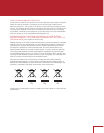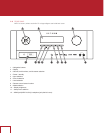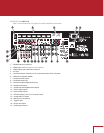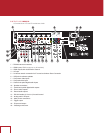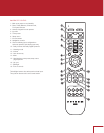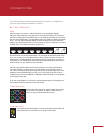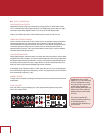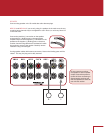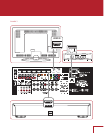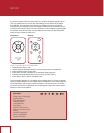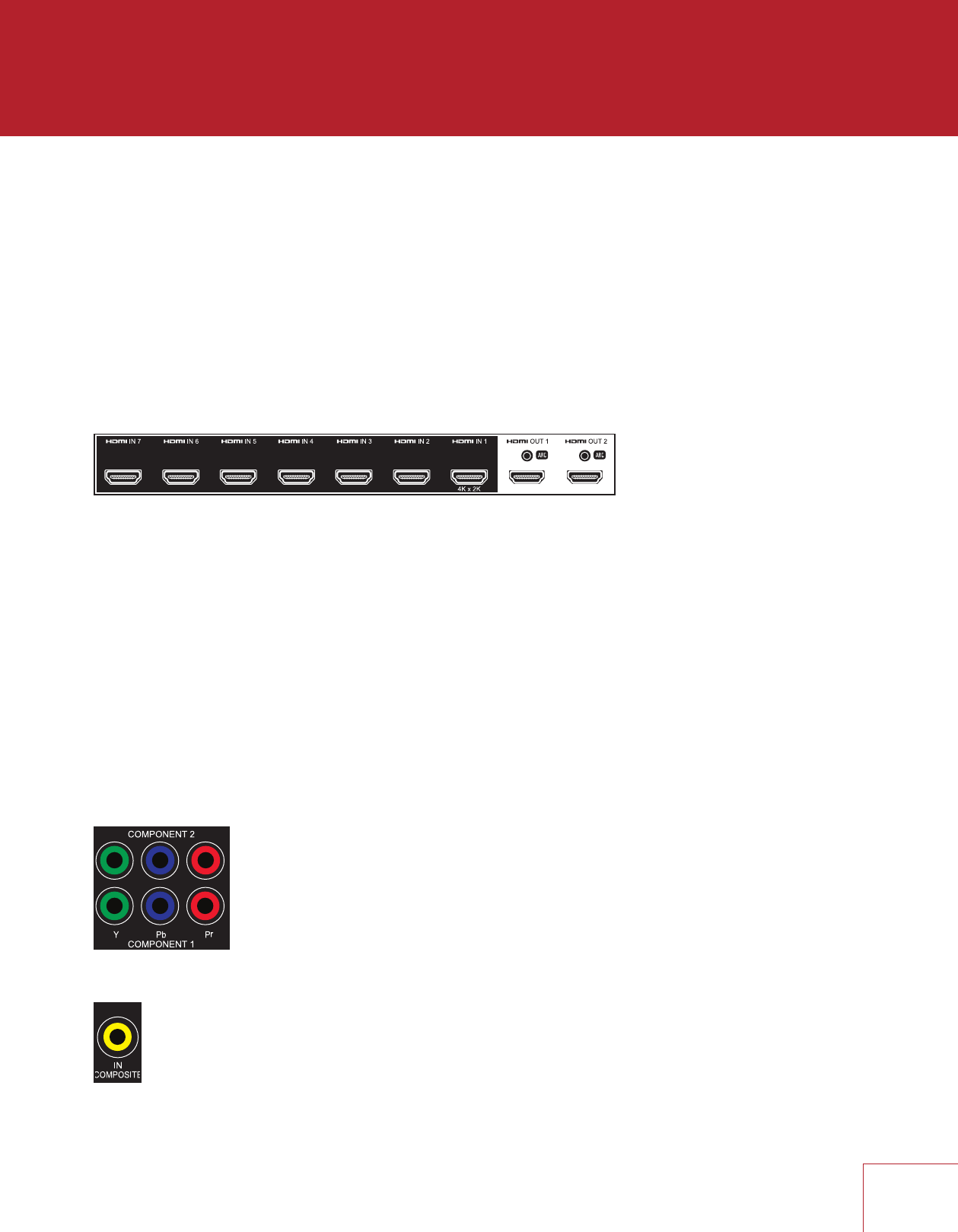
7
This section describes connections between system components. Configuration of
input and output will be discussed later, in section 3.
2.1 VIDEO CONNECTIONS
HDMI
With this type of connection, video and audio are carried together digitally.
Maximum video resolution is 4K (also known as UHD and 2160p) at 30 frames per
second for HDMI outputs and HDMI input 1, and 1080p at 60 frames per second for
the rest of the HDMI inputs. Connect HDMI output from MRX to a display with HDMI
input – one with High-bandwidth Digital Content Protection (HDCP) is required to
display copy-protected material. If you are using a 4K source component, connect it
to HDMI input 1. All HDMI connections support 3D.
Be careful when connecting HDMI cables. The connector should easily slide in the
jack – do not insert it on an angle and do not force it. Each connector contains 19
delicate pins and damaged pins can damage jacks. Such damage is not covered
by warranty. If your HDMI cables have been connected enough times that they are
about to wear out, new cables are recommended.
Use only High Speed cables and connecting devices. Connecting devices that
may have worked in an older setup do not necessarily work with Deep Color or
4K. If there is trouble producing an image and the source allows Deep Color to be
disabled, start troubleshooting by turning it off. 12-bit Deep Color that works at
1080p24 may not work at 1080p50 or 1080p60 if cable bandwidth is not adequate
for the higher frame rate.
If you are using adapters or port savers, start troubleshooting by eliminating them.
Use of these devices is generally not recommended.
COMPONENT VIDEO
Component video uses three coaxial cables and normally
has a maximum resolution of 1080i, or 480p when the
source is copy-protected with Macrovision.
COMPOSITE VIDEO
This traditional standard-denition format combines the black/white and
color information for transmission on a single coaxial cable.
CONNECTIONS



